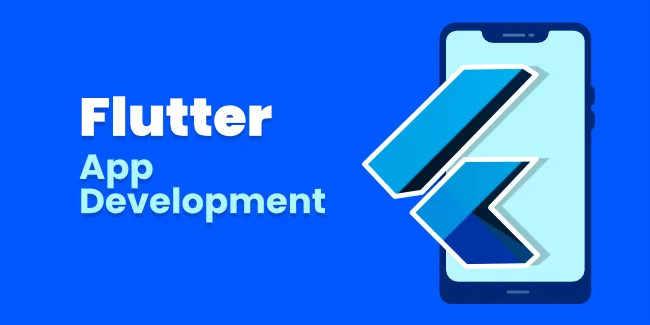Mastering Flutter App Development A Complete Guide
 Hazza institute
Hazza institute
Flutter has emerged as a popular framework for building cross-platform mobile applications with a single codebase. In this blog, we'll explore the world of Flutter app development, covering everything from the basics to advanced techniques. Whether you're a beginner looking to get started or an experienced developer seeking to enhance your skills, this guide will provide you with the knowledge and resources needed to master Flutter app development.
Getting Started with Flutter
To kickstart your journey in Flutter app development, it's essential to understand the basics. This section will introduce you to Flutter's architecture, widgets, and development environment. We'll walk you through setting up Flutter on your machine, creating your first Flutter project, and running it on different platforms.
Building User Interfaces with Flutter Widgets
Flutter's widget-based architecture makes it easy to create beautiful and interactive user interfaces. In this section, we'll dive into Flutter's rich collection of widgets and explore how to use them to design and layout UI components. From basic widgets like Text and Container to more complex widgets like ListView and GridView, you'll learn how to build responsive and scalable user interfaces with Flutter.
Managing State in Flutter Apps
State management is a critical aspect of Flutter app development, especially for building complex applications. In this section, we'll discuss various state management techniques in Flutter, including setState, InheritedWidget, Provider, and Bloc. You'll learn how to manage and update state in your Flutter apps efficiently, ensuring a seamless user experience.
Working with APIs and Data
Integrating APIs and fetching data is a common requirement in mobile app development. In this section, we'll explore how to make HTTP requests, parse JSON data, and handle asynchronous operations in Flutter apps. You'll learn how to interact with RESTful APIs, handle authentication, and cache data locally for offline usage.
Navigation and Routing in Flutter
Navigation is an essential aspect of mobile app development, allowing users to navigate between different screens and sections of an app. In this section, we'll cover Flutter's navigation and routing system, including how to navigate between screens, pass data between routes, and implement deep linking. You'll learn how to create a seamless navigation experience for your Flutter apps.
Testing and Debugging Flutter Apps
Testing and debugging are crucial steps in the app development process to ensure the quality and reliability of your Flutter apps. In this section, we'll explore different testing techniques in Flutter, including unit testing, widget testing, and integration testing. You'll learn how to write tests for your Flutter apps, debug common issues, and optimize performance for better user experience.
Building Custom Widgets and UI Components
One of Flutter's strengths lies in its flexibility to create custom widgets and UI components tailored to specific app requirements. In this section, we'll delve into the process of building custom widgets and UI components in Flutter. You'll learn how to leverage Flutter's composition model to create reusable and composable widgets, encapsulate complex UI elements into custom widgets, and customize the appearance and behavior of widgets using properties and parameters. With the ability to create custom widgets, you can add unique features and enhance the visual appeal of your Flutter apps, providing users with a tailored and immersive experience.
Handling Platform-specific Features and APIs
While Flutter enables cross-platform development with a single codebase, there are instances where you may need to access platform-specific features and APIs. In this section, we'll explore how to handle platform-specific features and APIs in Flutter apps. You'll learn how to use platform channels and method channels to communicate between Flutter and native code, access device-specific functionalities such as camera, location, and sensors, and integrate platform-specific UI components seamlessly into your Flutter apps. By understanding how to leverage platform-specific features, you can enhance the capabilities of your Flutter apps and deliver a native-like experience across different platforms.
Conclusion:
Flutter app development offers a powerful and flexible framework for building high-quality mobile applications. By mastering the fundamentals of Flutter, designing beautiful user interfaces, managing state efficiently, integrating APIs and data, implementing navigation and routing, and testing and debugging your apps, you'll be well-equipped to develop robust and scalable Flutter app development for various platforms. Keep exploring and experimenting with Flutter to unleash its full potential and stay ahead in the ever-evolving world of mobile app development.
Subscribe to my newsletter
Read articles from Hazza institute directly inside your inbox. Subscribe to the newsletter, and don't miss out.
Written by
